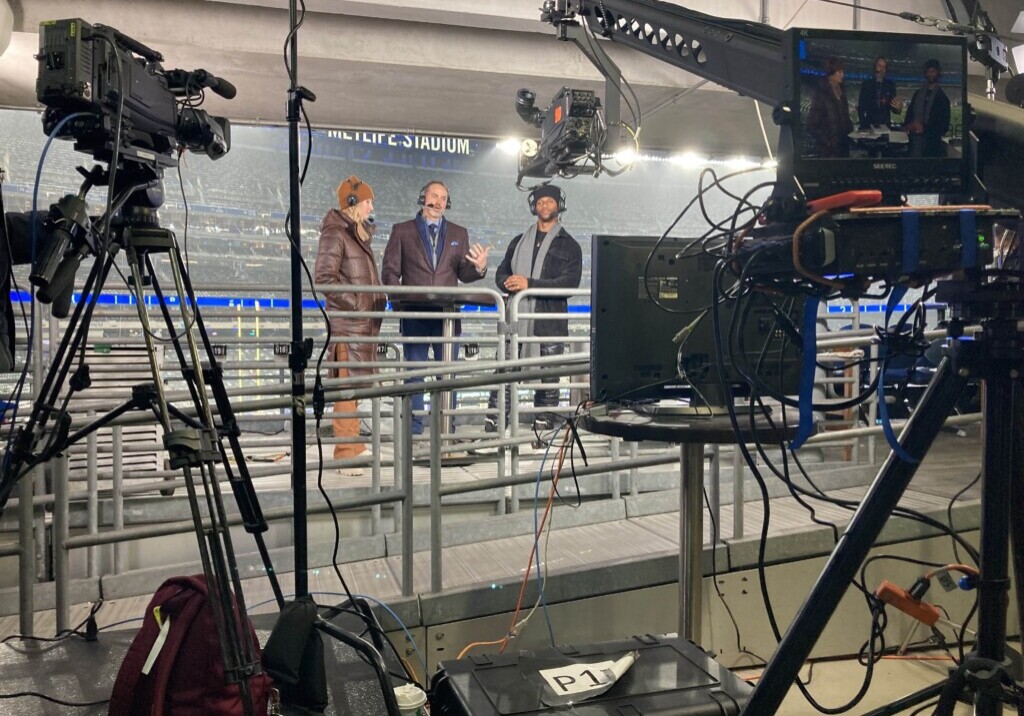FerroCity Blogs
Check out the latest in our Blogs & Featured Podcast Profiles
PRODUCER: MAKE IT, DON’T FAKE IT

In the world of entertainment production, the roles of show producers, supervising producers, and production managers can often be shrouded in mystery for those outside the industry. The question I frequently get asked is, “What do these professionals do, and what does it take to excel in their roles?” Regardless of whether I’m working on broadcast projects, live events, or music endeavors, this enigma persists. Despite my best efforts to explain my responsibilities, I often sense that my answers fall short in demystifying these positions.
I’ve come to realize that the challenge doesn’t lie in my ability to articulate the job; rather, it’s rooted in the lack of insight into how the various components of the production puzzle must seamlessly come together. Having performed in each of these roles, show producers, supervising producers, and production managers, I’ve come to understand that success in any of them hinges on having a profound understanding and appreciation for each unique skill set that contributes to the final product. I’m speaking about the talents found in lighting, sound, camera, set design, directing, etc.
Failing to recognize and respect the talents required for each person to perform their role can lead to project failure, often wrongly attributed to the individual rather than the leadership where responsibility truly lies.
The fundamental nature of these roles remains consistent, whether one’s production journey began in the humble setting of a sixth-grade “rock” band performing in basement birthday parties or evolved into overseeing productions at iconic venues like Madison Square Garden in New York City. What evolves is the scale and complexity of the projects.
To comprehend the essence of my career and the associated positions, it’s helpful to draw a parallel with an orchestra conductor. While most conductors may have mastered one instrument, their true talent lies in their ability to comprehend and appreciate all the instruments in their orchestra, while respecting the abilities of the musicians assembled to play them.
This analogy holds true for those orchestrating the performance of multimedia productions. To achieve the desired level of quality, it’s imperative to appreciate the range of skills and talents required for each facet of production you oversee.
As projects grow in size, more personnel are introduced into the mix, potentially creating a communication void between the visionary creator and the team responsible for bringing the project to life. The solution is to fill this void with individuals capable of translating the vision into practicality for the team and conveying the team’s needs back to the visionary.
While this may initially appear complex or excessive in theory, it stands as one of the most efficient approaches to personnel management, ultimately breathing life into the creative vision.
Imagine a creator with a visual story to tell, working with a medium to low budget, where every hire is a critical decision. The general process remains consistent, whether the project is for the stage, film, or digital video.
Once the creator has transformed their imaginative vision into a tangible script, the practical production phase begins, and this is where the producers enter the picture. Though the skill of a “translator” is seldom listed on job postings or resumes, it is the linchpin to success in these roles. Producers, production supervisors, and production managers must all be fluent in the language of production. This skill is not learned in school or as an intern assigned to a producer but rather cultivated over years of acquiring knowledge across various facets of production, including lighting, sound, camera work, directing, staging, motion graphics, control room protocols, and even remote trucks.
Acquiring knowledge means immersing oneself in conversations with experts from each discipline, comprehending what is achievable and what isn’t, and assessing the level of difficulty involved in delivering their contributions to the project. It’s paramount for producers to not only grasp the information but also gauge its credibility.
Once the producer has gathered and identified what’s feasible, they must return to the visionary creator and “translate” the practical possibilities for presenting the vision effectively. This iterative process continues until the project reaches completion.
Understand, I’ve taken a lot of liberties in simplifying the process, the skills needed and differences between industries. The primary message remains clear: a qualified show producer, supervising producer, or production manager must possess knowledge, understanding, and appreciation for all the skills required to bring a vision to life. Just as an orchestra conductor and orchestrator must grasp the intricacies of instruments and the capabilities of musicians, so too must these production professionals comprehend the complexities of each craft to ensure a harmonious production that captivates audiences and fulfills the creative vision.
